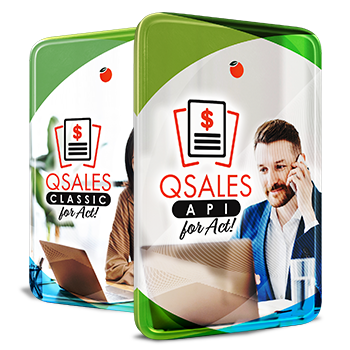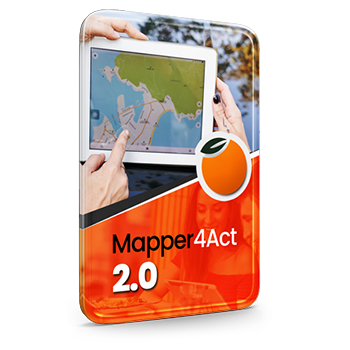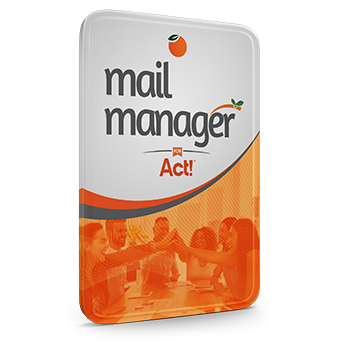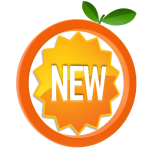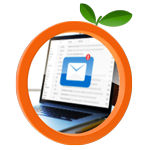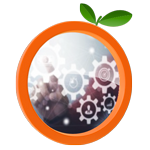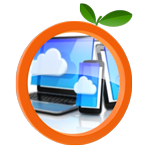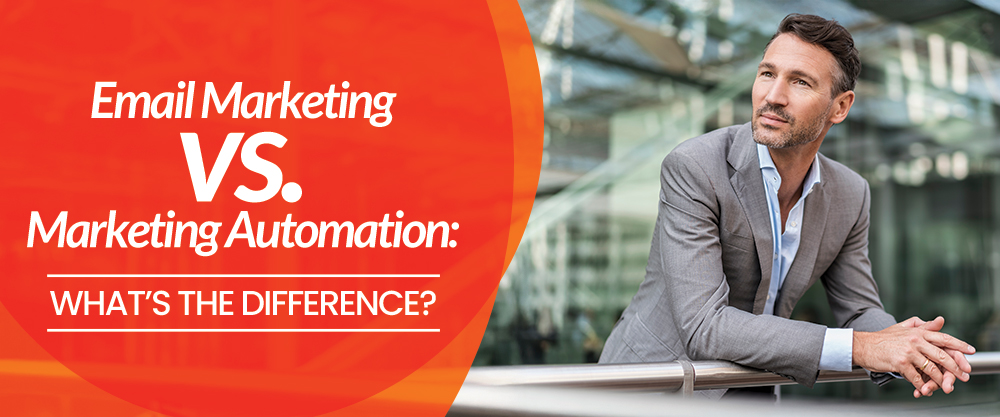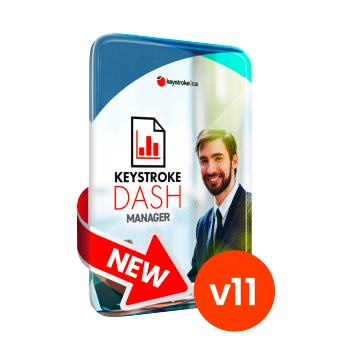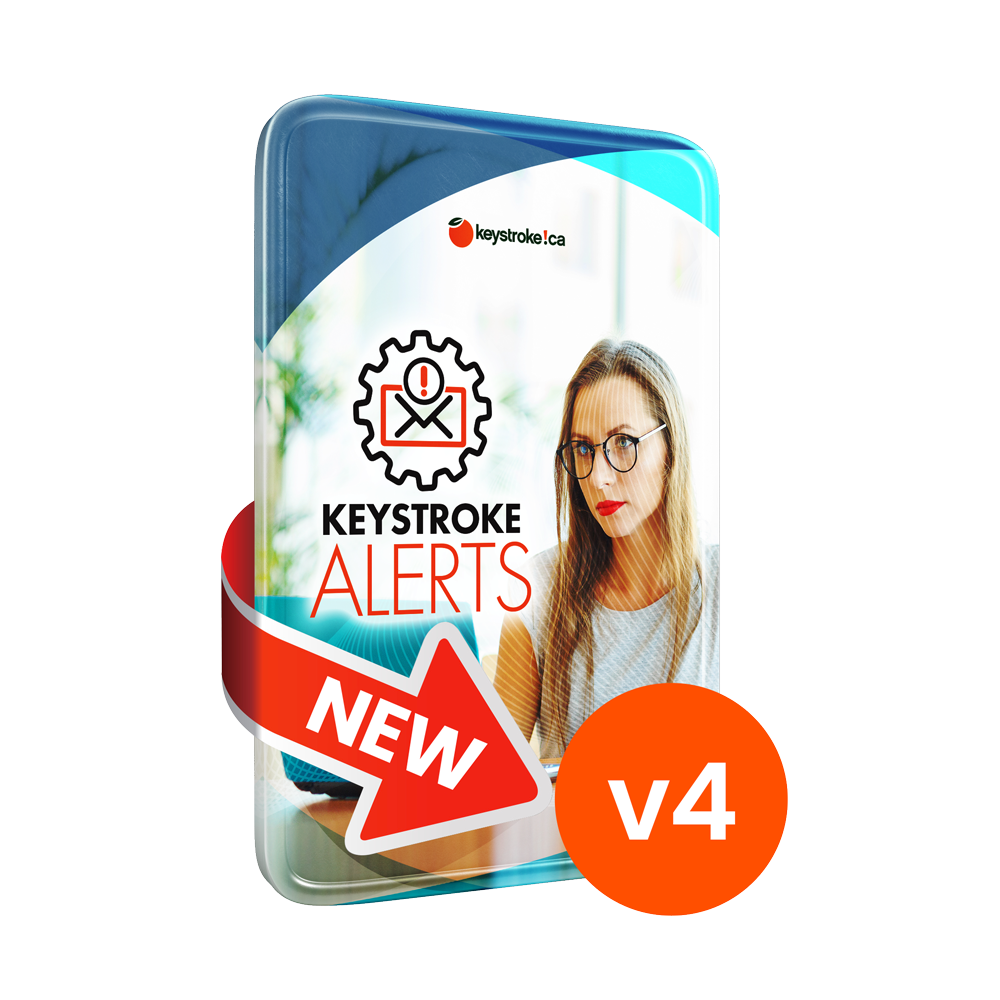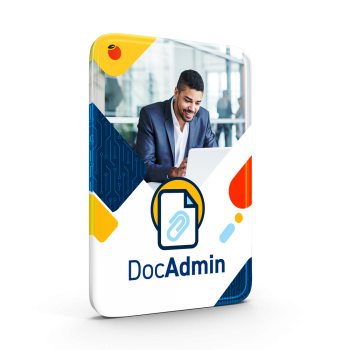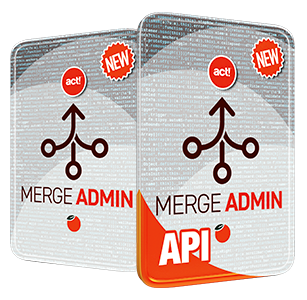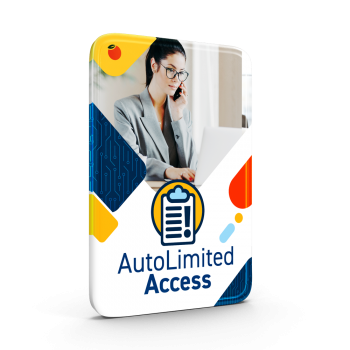Businesses are constantly seeking ways to connect with their audiences more effectively. Two terms that often surface in this context are email marketing and marketing automation. While they may seem similar at first glance—both involve sending emails to customers—they serve different purposes and offer distinct capabilities. With Act! Advantage, all three tiers offer email marketing, but only the top two offer any level of marketing automation.
Understanding the difference is crucial for picking the right Act! Advantage tier for your business, and for building a more effective and scalable marketing strategy.
What is Email Marketing?
Email Marketing is the practice of sending targeted messages to a group of people via email. Sending multiple emails at once to be delivered at set intervals, often called "drips", is still email marketing because there are no triggers or conditions beyond the initial send. Drips are similar to Activity Series in Act!, which is a sequence of related activities or events scheduled at set intervals.
Email marketing is typically used for:
- Promoting products or services
- Sharing news or updates
- Sending newsletters
- Announcing events or sales
Example: A local bookstore sends a monthly newsletter to its subscribers featuring new arrivals, staff picks, and upcoming author events. A business owner could also queue a sequence of emails to his customer list leading up to a promotion they're running. Each are an example of email marketing—one or more messages sent to many recipients without conditions or triggers.
What is Marketing Automation?
Marketing Automation goes beyond just sending emails. It uses software to automate repetitive marketing tasks and deliver personalized experiences based on user behavior and data. Marketing automation includes:
- Automated email workflows
- Response-driven nurturing marketing and scoring
- Behavioral tracking (e.g., website visits, clicks)
- CRM integration
- Multi-channel campaign management
Example: Internally we've set up an automated workflow that sends a series of emails whenever someone signs up for Act! Advantage. The first three emails get sent out as a drip campaign over the first month, with each email focusing on a different new feature in Act! Advantage. If they open or click on any of them, it triggers three more the next month sent at similar intervals. This cycle repeats itself over the first 4 months, limiting the distribution to those who've demonstrated an interest in the content. This response-driven nurture marketing can also schedule follow-ups, send notifications to users, and even add them to other campaigns based on how they engage with the first campaign.
To compare marketing automation to the aforementioned Activity Series in Act!,
- Instead of manually launching a campaign like an Activity Series, marketing automation can automatically trigger the start of a campaign based on set of conditions in the database.
- Instead of scheduling five email drips or steps in an Activity series, marketing automation would schedule the first step, and then each successive step/email would be queued when the previous one is completed. This process is called "workflow", and it's much more intelligent and effective than simply scheduling the release of a bunch of emails based on one anchor date.
Key Differences
| Feature | Email Marketing | Marketing Automation |
|---|---|---|
| Purpose | Send bulk messages to a list | Automate and personalize marketing tasks |
| Personalization | Basic (e.g., first name) | Advanced (based on behavior and data) |
| Timing | Scheduled manually | Triggered by user actions or conditions |
| Tools | Mailchimp, Constant Contact | HubSpot, ActiveCampaign, Marketo |
| Scope | Email-focused | Multi-channel (email, SMS, CRM, etc.) |
Conclusion
While Email Marketing is a powerful tool for direct communication, Marketing Automation takes it a step further by enabling smarter, more personalized, and scalable interactions. Businesses that understand and leverage both can build stronger relationships with their audience and drive better results.

